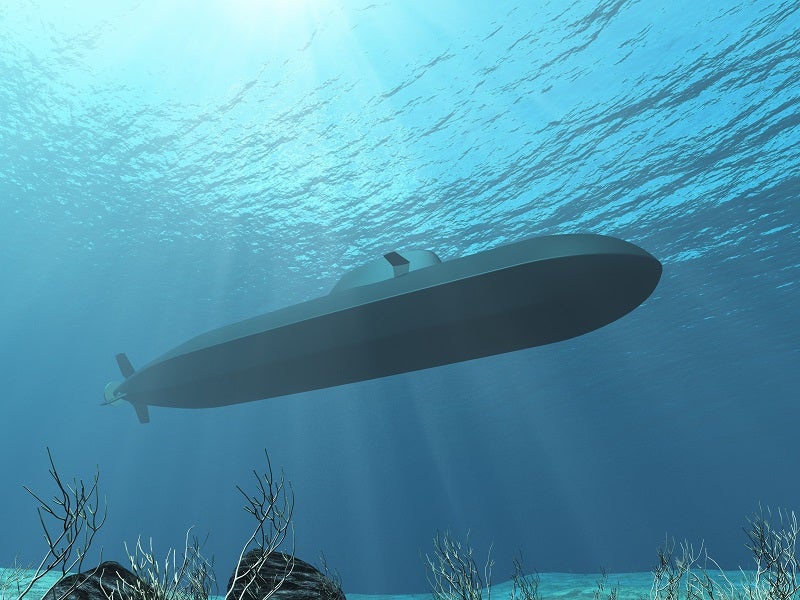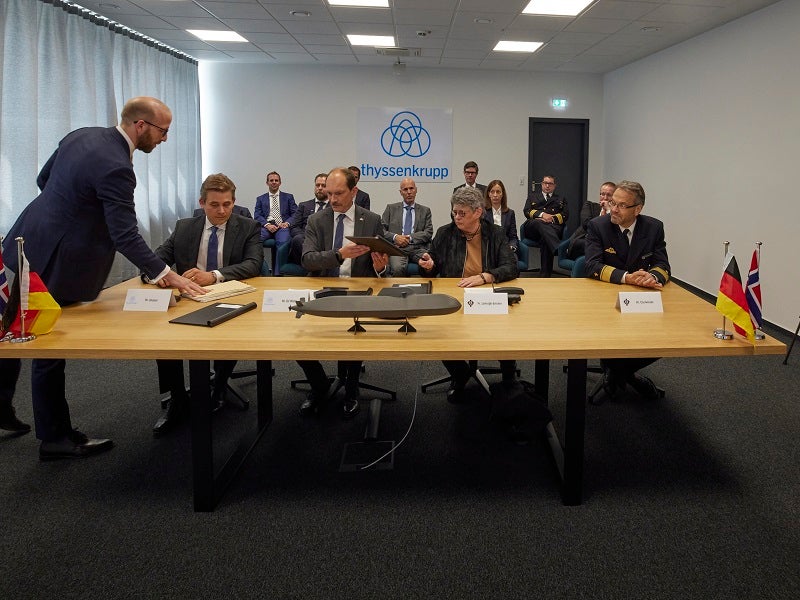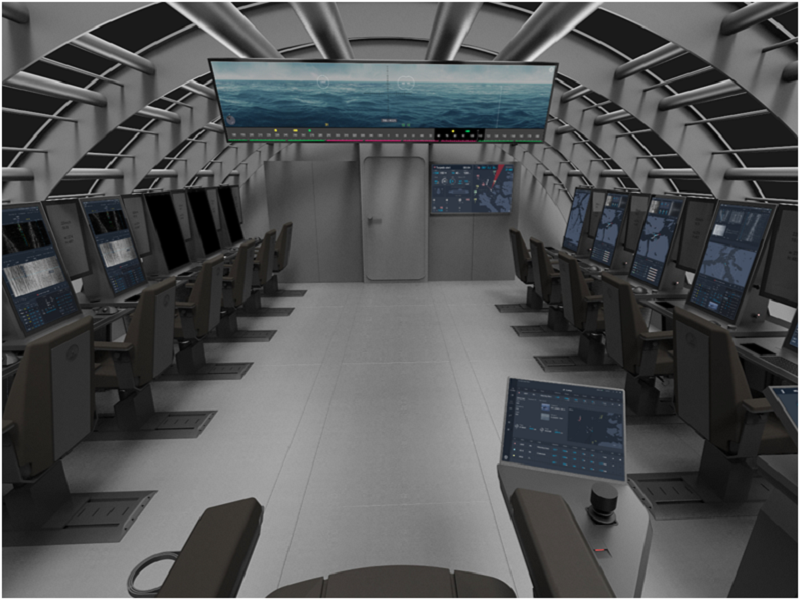Thyssenkrupp Marine Systems (TKMS) is constructing six new Type 212 common design (CD) submarines. The German Navy will receive two submarines, while four will be delivered to the Royal Norwegian Navy.
The submarines are being procured by the Norwegian Defence Materiel Agency (NDMA) and Bundesamt fur Ausrustnung, Informationstechnik und Nutzung der Bundeswehr (BAAINBw) in Germany.
Type 212CD programme
The German and Norwegian Governments signed an agreement for the joint development, procurement, operation and maintenance of the submarines in June 2017. The cooperation also extends to naval missiles, strengthening the cooperation between the navies as well as expanding industrial, research and development cooperation.
TKMS and its business unit for naval electronic systems, ATLAS ELEKTRONIK, collaborated with Norwegian industrial partner Kongsberg Defense & Aerospace to form a joint venture, kta Naval Systems for the development of the submarines and other combat systems in October 2017.
The development of the submarines will require an estimated investment of approximately €5.5bn ($6.4bn). The building work of the first submarine will commence in 2023. This first submarine is planned to be delivered to the Norwegian Navy in 2029, while the two vessels for the German Navy are expected to be delivered in 2031 and 2034. The new submarines will remain in service through the 2060s.
The Royal Netherlands Navy is also planning to procure Type 212CD submarines to replace the existing Walrus class submarines, while other potential customers may include the Italian and Polish Navies.
Design and features of Type 212CD submarines
The non-nuclear Type 212CD submarine will have a length of approximately 73m, beam of 10m and height of 13m. The surface displacement of the submarine will be 2,500m³.
Based on the Type 212A submarines, the new Type 212CD submarines will feature unique structures, modern combat systems, huge firepower and superior stealth technology.
The submarine’s unique diamond shape design will ensure significant target echo strength (TES) reduction, while fuel cell-based air-independent propulsion will allow it to stay submerged for several weeks with no extra signatures. Furthermore, the unique non-magnetic architecture makes the vessel undetectable to future magnetic anomaly detection (MAD) sensors.
The HDW fuel cell system offers a unique solution for non-nuclear submarine integration. It is specially developed as a silent energy converter and extension to a conventional propulsion system.
The design advancement minimises the technical and commercial risk, allowing for suitable and advanced improvements without affecting schedule and cost planning. Optimised for special operation forces, the submarines will be suitable for operations worldwide.
Combat management system
The Type 212CD submarines will be equipped with a new combat system called ORCCA. The fully integrated system combines maximum adaptability with the greatest degree of IT security.
ORCCA is the most advanced combat system for non-nuclear submarines available on the market. The system allows its operator to undertake an integrated data analysis from a range of onboard systems through a single multipurpose interface for sound and rapid decision-making.
The operators of ORCCA can interact as part of a unit in global missions such as NATO or EU. The communications between the onboard systems and the national and international domain modules are supported by a dedicated IT infrastructure.
Weapon systems on Type 212CD submarines
The Type 212CD submarines will be fitted with naval strike missile (NSM) type anti-ship guided missiles.
The NSM Block 1A missile is capable of engaging both marine and land targets with remarkable precision, particularly along the shore or coast.
The fifth-generation long-range precision attack missile is guided by an inertial navigation system and assisted by a military GPS receiver and laser altimeter.
The NSM’s stealthy design, along with the unique passive infrared and imaging sensors, make it extremely difficult to detect while increasing accuracy and reducing collateral damage.






